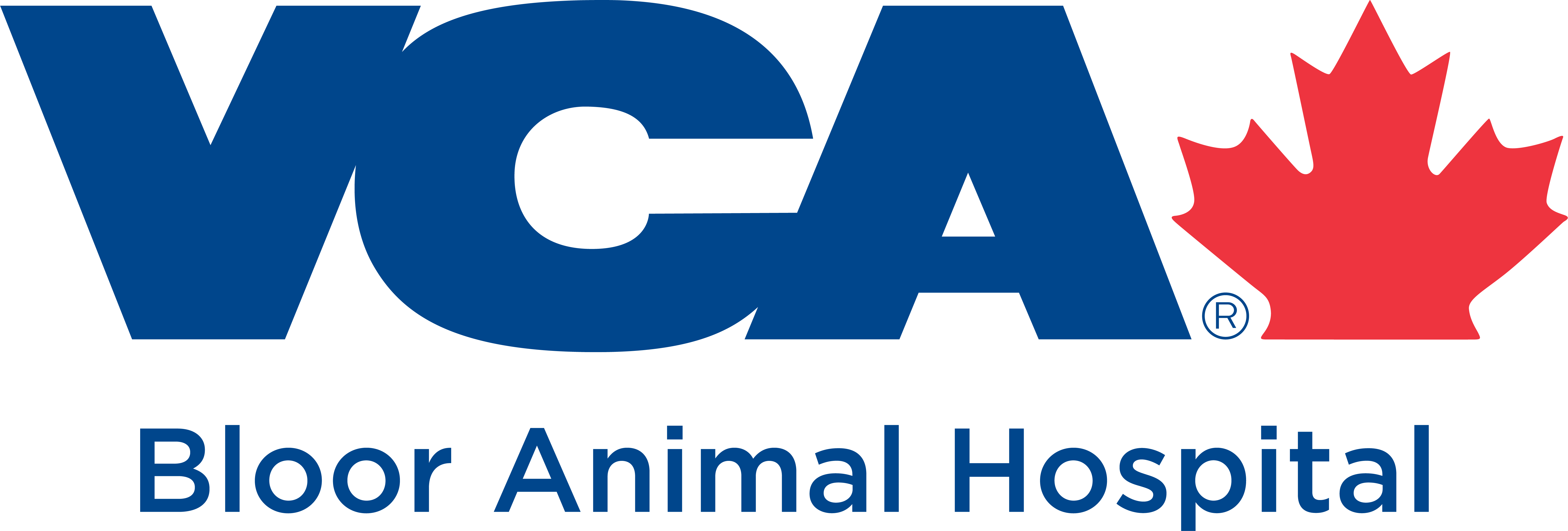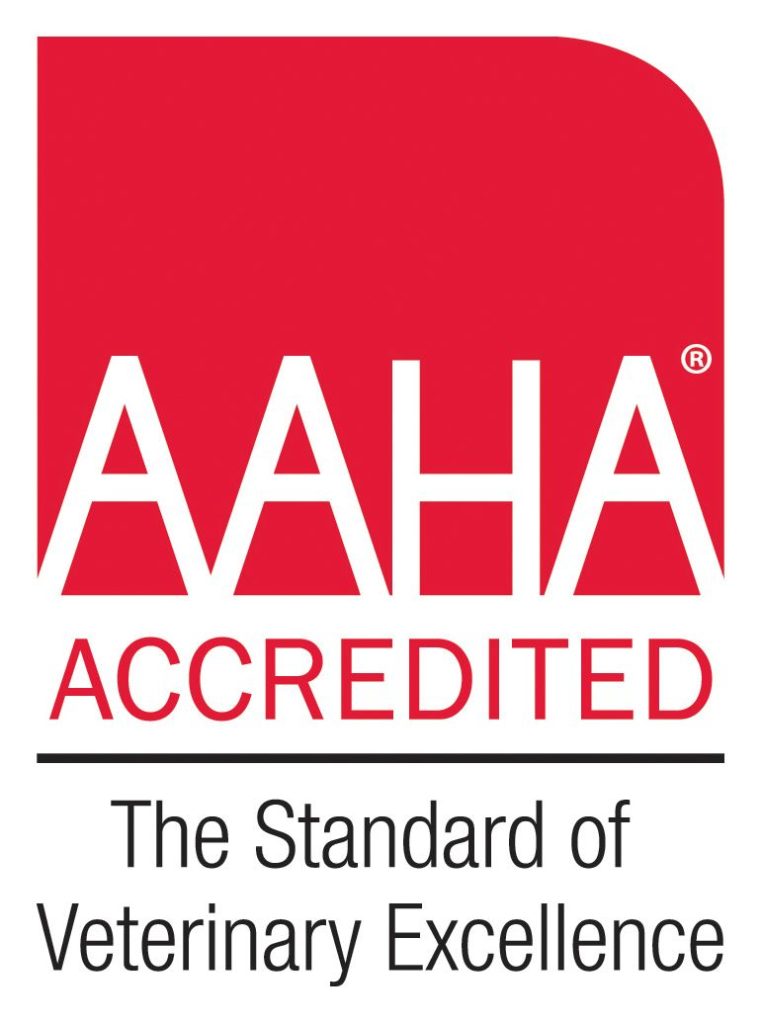Research indicates that more than 85% of dogs and cats over 4 years old suffer from periodontal disease, a condition in which bacteria attack the soft tissues in the mouth. Even with regular brushing plaque and tartar are deposited on the tooth surface, out of sight, above and below the gumline,. This often leads to gum inflammation, discomfort and bad breath – yuck! But dental disease can also lead to life threatening diseases including heart, kidney, liver and lung disease. It can also weaken the immune system, causing joint disease and slow wound healing. Often these diseases are “silent” until they are advanced, or it is too late. Your pet’s dental health program begins with an annual check-up and cleaning by your veterinarian. We are equipped with a dental X-ray unit and human dental equipment to ultrasonically scale your pet’s teeth and to give them a fluoride polish for further protection. We also have access to veterinary dental specialists for more severe dental cases.
Common signs of dental disease include:
- Yellow or brown buildup (tartar) on the teeth
- Red, swollen, or bleeding gums
- Bad breath
- Excessive drooling
- Changes in eating or chewing habits
- Pawing at the face
- Loose teeth
- Depression
Even if your dog or cat doesn’t have these symptoms, we recommend that you have a veterinarian evaluate your pet’s dental health at least once a year. Bacteria and food debris accumulate around the teeth and, if left unchecked, will lead to deterioration of the soft tissue and bone surrounding the teeth. This decay can result in irreversible periodontal disease, tooth loss, and possibly expensive oral surgery.




